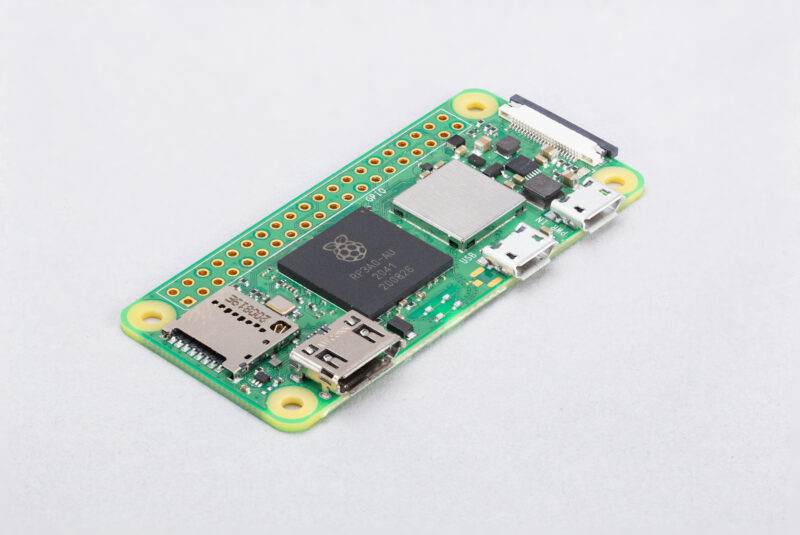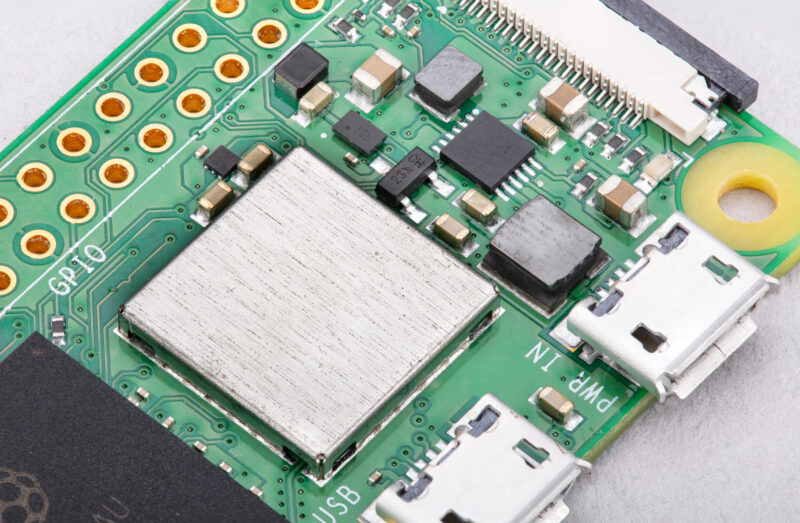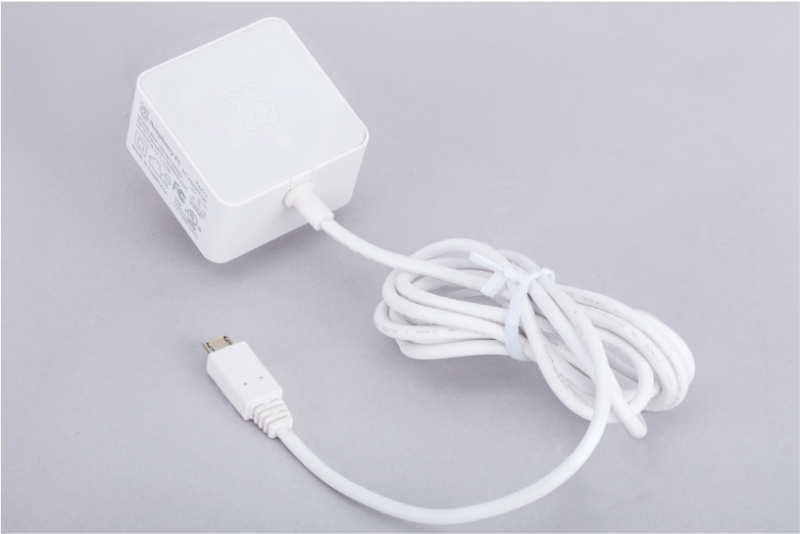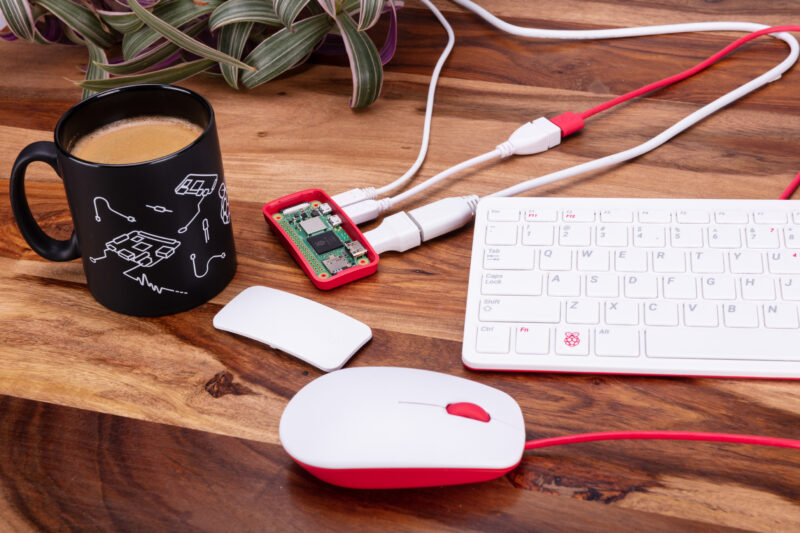Cloudflare’s Orange Me2eets: An End-to-End Encrypted, Self-hosted, Video Calling Solution
Orange Meets, now with E2EE.


Raspberry Pi Zero W is one of the most affordable single-board computers that include wireless and Bluetooth connectivity.
While there are some differences between the Raspberry Pi Zero vs. Raspberry Pi Zero W, both were pretty solid deals considering they launched for $5 and $10, respectively.
Now, Raspberry Pi has unveiled the successor to this lineup after about six years, i.e., Raspberry Pi Zero 2 W priced at $15.
Even with Raspberry Pi increasing its price, I’d say $15 for a new-gen board for improved multi-threaded performance should be a good buy.
Let us take a look at what it has to offer and what’s new.

Raspberry Pi Zero 2 W is powered by the same chip used in the launch version of Raspberry Pi 3.
With the frequency slightly clocked down to 1 GHz, it still manages to promise up to 5x times the performance of the original Raspberry Pi Zero.
Here’s what it comes packed with:
Looking at the specifications, it is impressive enough when you consider the zero form factor it comes with. Not to forget, they have added more copper layers to manage the heat generated from the upgraded processor.

Furthermore, the wireless circuitry is sealed with a metal shield can that should make it easy for use in a commercial end-product.
If you already have a case for Raspberry Pi Zero, it should most likely work with Zero 2 W.
As per the official announcement, Raspberry Pi mentions:
The exact performance uplift over Zero varies across workloads, but for multi-threaded sysbench it is almost exactly five times faster.
The tiny form factor and the performance uplift should make it an ideal board for security cameras and many other IoT projects. You may take a look at our list of DIY projects for Raspberry Pi Zero W for ideas.

Along with a new board, Raspberry Pi also introduced an improved USB power supply with a peak current rating of 2.5A.
The power supply comes with a micro-USB connector instead of USB-C. Even though this isn’t meant for the new Zero 2 W, it is geared for Raspberry Pi 3B or 3B+.

The Raspberry Pi foundation has clarified that they won’t discontinue Raspberry Pi Zero and Zero W until January 2026.
So, if you want to save money for an experiment, you can proceed with the older boards.
The new Zero 2 W will be available at $15 from official resellers. The availability is limited to the UK, EU, United States, Canada, and Hong Kong.
It should be available for Australia and New Zealand in November, and more countries will be added in the next few months.
What do you think about the latest tiny Raspberry Pi Zero 2 W? Feel free to share your thoughts in the comments below.
It's FOSS turns 13! 13 years of helping people use Linux ❤️
And we need your help to go on for 13 more years. Support us with a Plus membership and enjoy an ad-free reading experience and get a Linux eBook for free.
To celebrate 13 years of It's FOSS, we have a lifetime membership option with reduced pricing of just $76. This is valid until 25th June only.
If you ever wanted to appreciate our work with Plus membership but didn't like the recurring subscription, this is your chance 😃
Stay updated with relevant Linux news, discover new open source apps, follow distro releases and read opinions